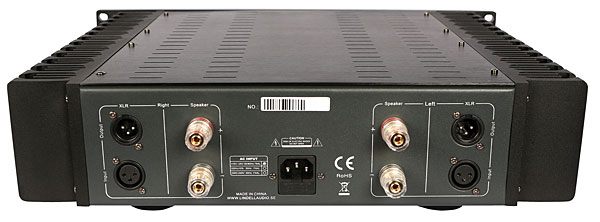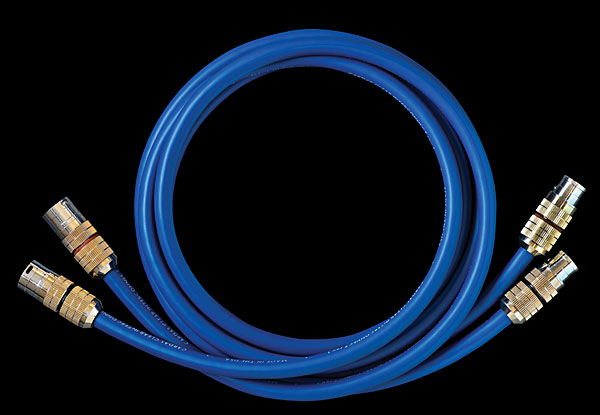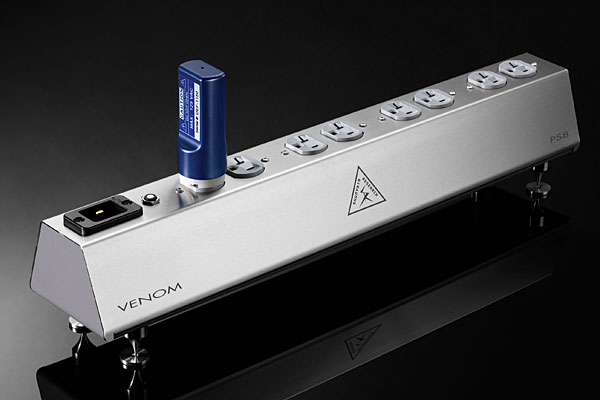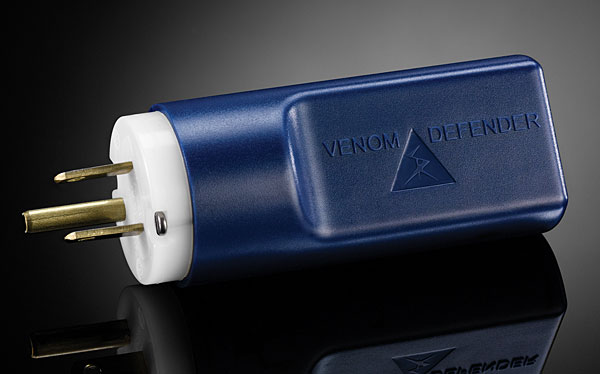| Columns Retired Columns & Blogs |
On reading your article I purchased the box set. Fantastic!!! good call, had I not read your article this would have passed me by, I love the performances. Some of the Richter's and Pinnock's I already have but the rest I don't. Going through them has been a real treat. I really recommend this box set. Thanks!









































